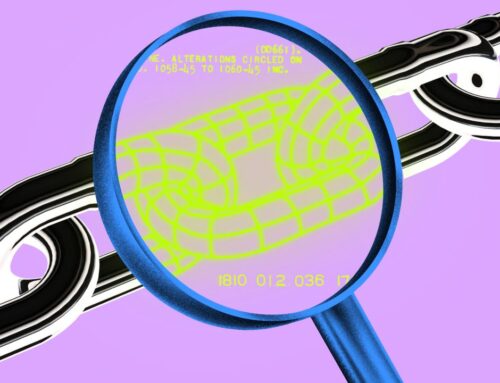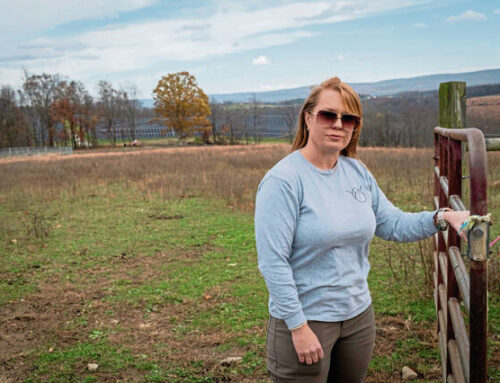Cutting-edge technology used in bid to protect North Pennines environment
June 22, 2025
Two plant-powered SensorSticks have been installed at an upland peat site in the North Pennines, marking the first use of the technology in the UK.
The devices use energy generated by peatland microbes to monitor water levels and transmit real-time data via satellite.
Dr Miles Wilson, GIS and remote sensing officer with the North Pennines National Landscape team, said: “With no need for staff visits for data downloads or battery changes, Plant-e’s SensorSticks can operate untouched on restoration sites for multiple years, feeding data on peatland water levels straight back to our office.A SensorStick in place on the North Pennines (Image: Supplied)
“This could reduce our field-based monitoring costs.
“Through this project we will test the performance of SensorSticks against our current water level monitoring methods.”
Developed by Dutch sensor company Plant-e, the SensorSticks harness electricity produced by microorganisms in oxygen-poor peat soils.
As the microbes break down organic material from plant roots, they release electrons that are captured and converted into power by a printed circuit board inside the device.
This energy is used to run the onboard sensors and satellite antenna, enabling the devices to operate continuously without batteries or external power sources.
The sensors measure changes in water pressure, indicating fluctuations in the water table.
The data is sent via satellite to an online dashboard, allowing the team to monitor peatland conditions remotely in real time.
Traditional water level monitoring on peatlands relies on manual or battery-powered dipwells, which require regular site visits to collect data and maintain equipment.
Access to the sites is also restricted during the bird breeding season from April to June, limiting the ability to gather data during critical periods.
The SensorSticks offer a maintenance-free, cost-effective alternative.
Marjolein Helder, CEO of Plant-e, said: “Working with the North Pennines National Landscape team has been a pleasure.
“Their openness to innovation and collaborative spirit made this pioneering project possible.
“It’s inspiring to see a partner so committed to pushing restoration forward with the help of cutting-edge solutions.”
Gabriel van den Broek, business developer from Plant-e, said: “This project is the first of its kind in the UK and has proven to be a great success.
“Ever since the SensorSticks were installed on the peatland, data has been transmitted remotely without any issues.
“This technology has tremendous potential, as it will allow more time and resource to be focused on peatland restoration work.”
Peatland water levels are a key indicator of ecosystem health, with a high water table generally reflecting successful restoration.
Data collected by the SensorSticks will help the team evaluate the effectiveness of their interventions and refine their approach.
Healthy peatlands deliver multiple benefits for communities and wildlife.
They regulate water quality and flow, reduce downstream flood risk, and serve as a natural defence against wildfires.
Peatlands also support a rich diversity of plant and animal species and offer opportunities for recreation.
The North Pennines National Landscape is the second largest of the 46 designated National Landscapes across England, Wales, and Northern Ireland.
Situated between the Lake District, Yorkshire Dales, and Northumberland National Parks, the area spans parts of Cumberland, Durham, Northumberland, and Westmorland and Furness.
The North Pennines National Landscape Partnership is made up of public, statutory, and voluntary organisations working together to ‘conserve and enhance the area’s natural beauty, raise awareness of its value, and improve quality of life for residents and visitors alike’.
Search
RECENT PRESS RELEASES
Related Post




